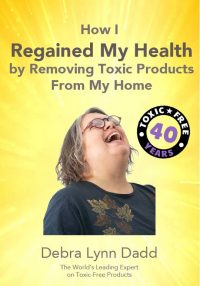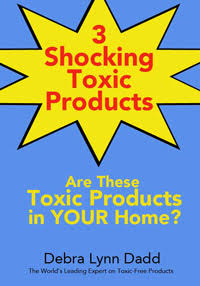According to the Journal of Diabetes Care (August 4, 2011) exposure to persistent organic pollutants (POPs) has been associated with the prevalence of type 2 diabetes.
A study was done that found that the participants with the highest exposure to oxychlordane, trans-nonachlor, 1,1-dichloro-2,2-bis-(p-chlorophenyl)-ethylene (p,p’-DDE, and polychlorinated biphenyl 153, the risk of type 2 diabetes was 1.64-2.24 times higher than that among individuals with the lowest exposure (P(lin) = 0.003-0.050.
In another analysis, the associations between type 2 diabetes and oxychlordane and trans-nonachlor were strongest among the overweight participants. Exposure to 2,2′,4,4′-tetrabromodiphenyl ether (BDE 47) and 2,2′,4,4′,5,5′-hexabromodiphenyl ether (BDE 153) was not associated with type 2 diabetes.
The study concluded that there was an association between type 2 diabetes and adult-only exposure to organochlorine pesticides in a general urban population.
Association between type 2 diabetes and exposure to persistent organic pollutants



